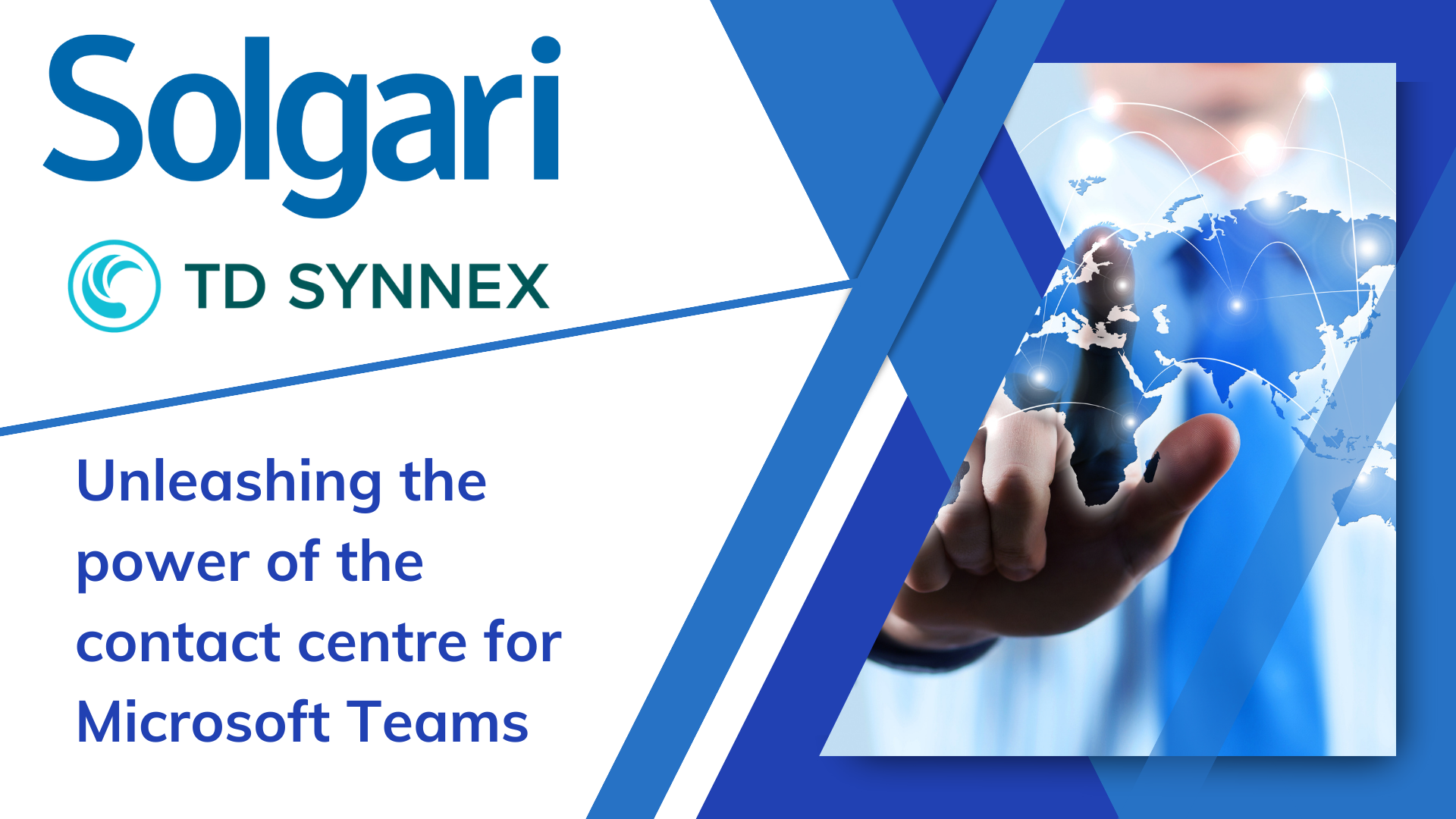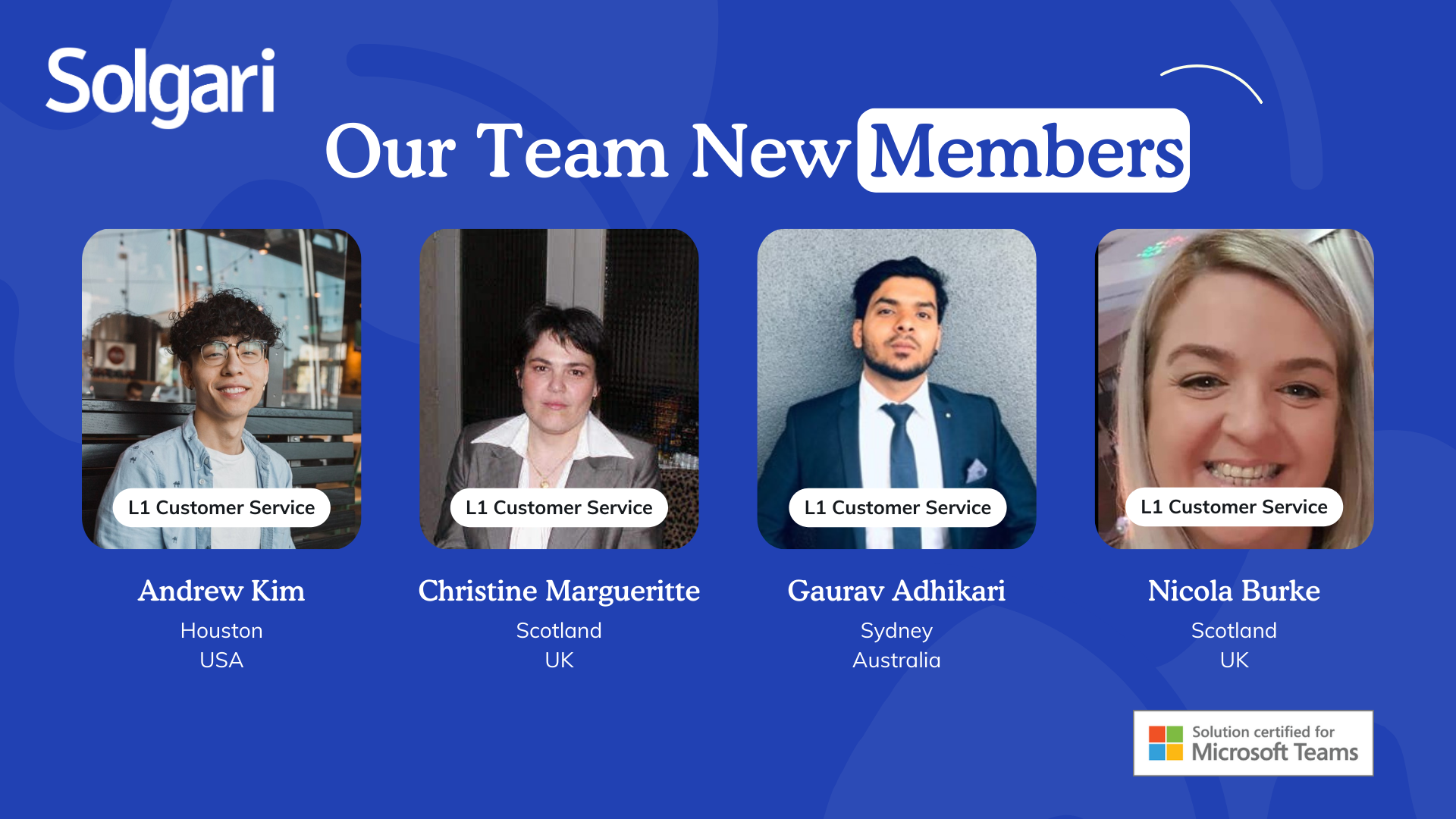Given the near-universal trend of consumers transacting and engaging on digital channels, businesses have in turn invested heavily in digital channels and capabilities to provide a better customer experience at a lower cost.
However, pervasive myths about customer behaviours and needs are limiting service leaders’ ability to leverage these channels effectively. As the use of digital channels evolves, consumer behaviour adapts alongside it. In order to stay abreast of customer behaviour trends, and curate an informed, effective channel strategy, service leaders must debunk these pervasive customer journey myths.
In October 2021, Gartner published a valuable press release, written by PR Manager Gloria Omale, detailing five myths about customer service journeys that undermine service leaders’ digital investments.
In this article, we will explore Gartner’s findings in the context of 2022. By unpacking the realities of modern consumer behaviour as discussed in Gartner’s press release, we will demonstrate new ways to help you to optimise your digital investment and create long-term customer loyalty. Additionally, we will explore how an all-channels communication platform, like Solgari, can help you to optimise your customer service experience.
Myth #1: Customers will adopt new channels without hesitation
All too many service leaders have begun to advocate for the use of self-service, automated capabilities, as it typically offers the greatest efficiency in terms of issue resolution. Leaders can tend to view this automated capability as a ‘silver bullet’, ignoring the established fact that customers can quickly lose patience and abandon self-service in favour of more familiar, assisted channels.
Research from Gartner demonstrates reports that many customers begin their service journey online. This creates an opportunity to redirect customers into digital channels like self-service. Once there, the key is to enable customers to escalate smoothly into an agent-assisted experience at will – where the agent is provided with visibility into the entire conversation up to that point as well as contextual detail on the customer’s relationship with the business. This will optimise the digital investment poured into self-service functionality.
Myth #2: Channel switching worsens the customer experience
Service leaders believe that channel switches require customers to invest more time and effort, resulting in frustrations, lower retention, disloyalty and brand tarnishing. However, in their press release, Gartner reported that customers have no issue with switching channels, so long as their challenge is resolved in a single, continuous interaction. Frustration comes from delays and lack of communication.
The best strategy is to curate unique customer journeys by utilising the most suitable channels for specific issues. Leading service organisations ensure that when a channel switch is needed, the context of the customer journey is also transferred. This decreases resolution time and minimises the chance of a customer abandoning the original interaction.

Myth #3: Great customer service ensures customer retention
It is natural for service organisations to assume that if a customer has an exemplary experience with an organisation, then they will automatically want to do more business with them in the future. However, this is not always true. While high-quality service interactions may stop customers from leaving, it is not enough to ensure retention. Gartner reports that customers ultimately show loyalty to the company’s product or service offering, rather than the service experience. Therefore, your business must ensure that customer service energy is adequately focused on helping customers obtain more value from the initial service offering or product.
Myth #4: Proactive service reduces customer service call volume
Proactive services are deployed to help resolve issues before they become problematic or disruptive to the end client. Service organisations tend to believe that by acting proactively, they will eliminate the need to contact customer service and therefore reduce hassle for customers. While proactivity is beneficial in many ways, research has found that it actually has the opposite effect on customer behaviour. While it does not consistently reduce contact volume or costs, proactive service does improve customer experience outcomes and is beneficial for the reputation of your brand.
Myth #5: Customers frequently and instinctively contact customer service channels
When issues occur, service leaders assume that customers will automatically reach out to customer service for problem resolution. After all, that is the intended purpose of customer service channels. In actuality, most customers view contacting customer service as their last resort. In particular, client bases made up of younger age groups, such as millennials and Gen Z, increasingly turn to third-party sites to resolve their problems. Therefore, when developing channel strategies, service leaders need to recognise and account for the fact that many clients seek out information via search engines and third-party channels first.
Effective customer service and support is vital if you wish to enhance customer satisfaction and foster client loyalty. Solgari helps to make customer communication seamless, easy and efficient. Solgari integrates an all-channel communication endpoint directly into your CRM. You are always able to contact clients via the most appropriate channel (including voice, video, chat, SMS, WhatsApp and social media) without ever leaving your CRM screen.
Unlock the communications freedom you have been waiting for. Book a meeting with one of our representatives to discover how Solgari could transform your customer experience and optimise your digital investment today.







